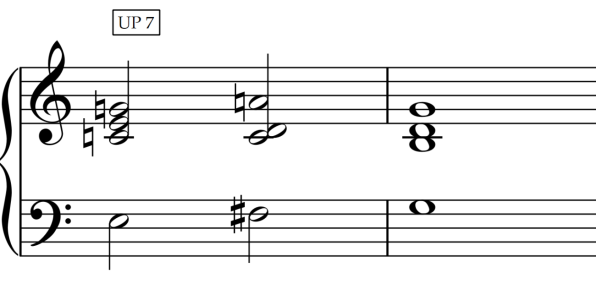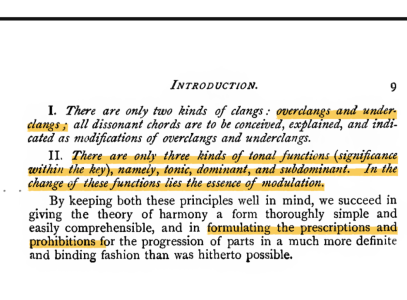I've been steadily working through these modulations all day... some real firecrackers in there - the Up3 in particular, that chord voicing has just set me right off!
Gotten to the Up7 (C to G). And finding it very different. Despite it using a V7->I, it doesn't seem to actually establish the G as the new tonic. I think because the bass note is the third. Instead, it has this super mellow, meloncholic, mournful effect, and seems to want to continue to go else where, here, let me show with a couple of runs through, first just the chords played, and then a simple figure:
View attachment untitled.2023-04-23 19_19_38 up7 demo.mp3
Any thoughts on this?







